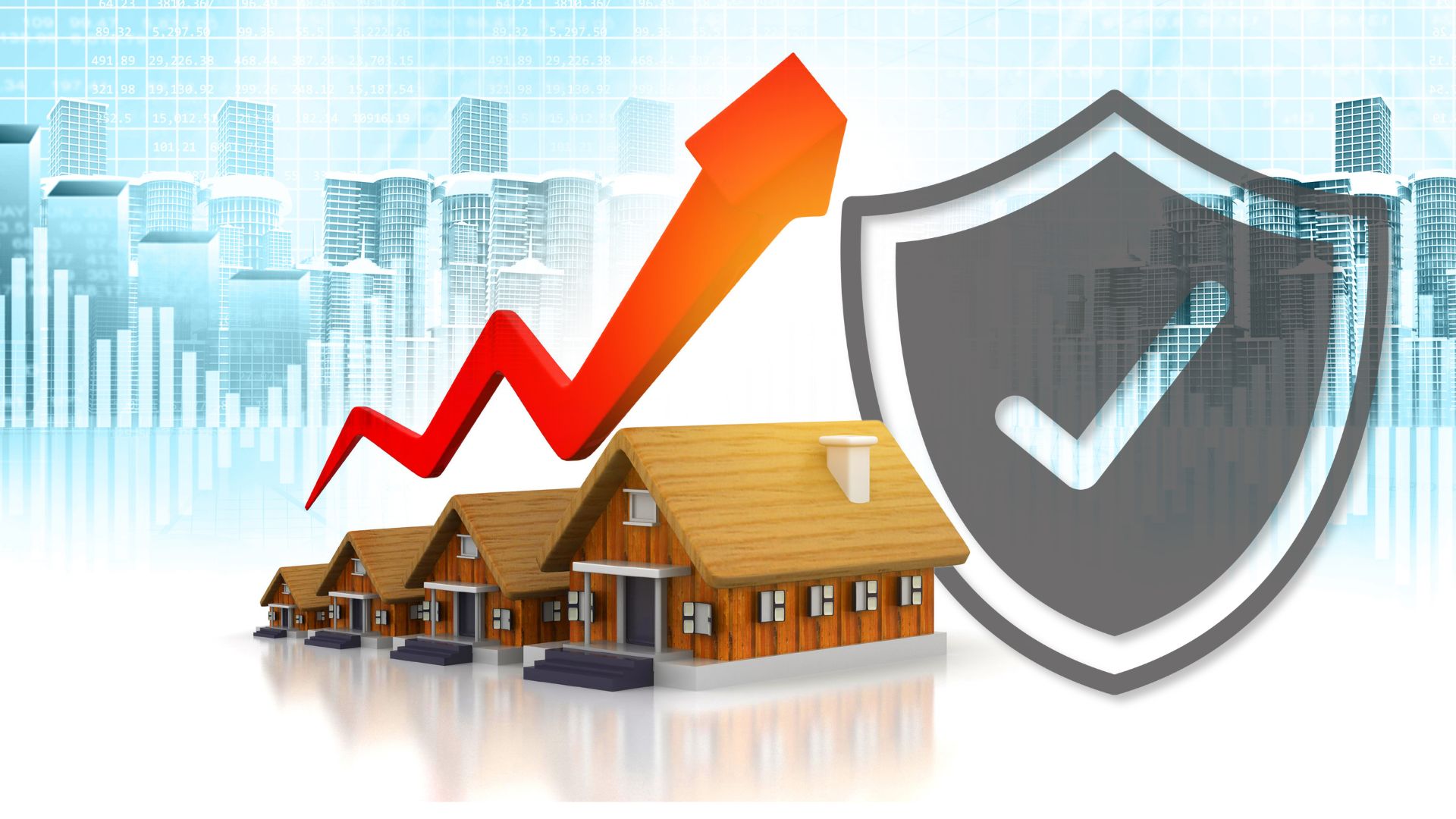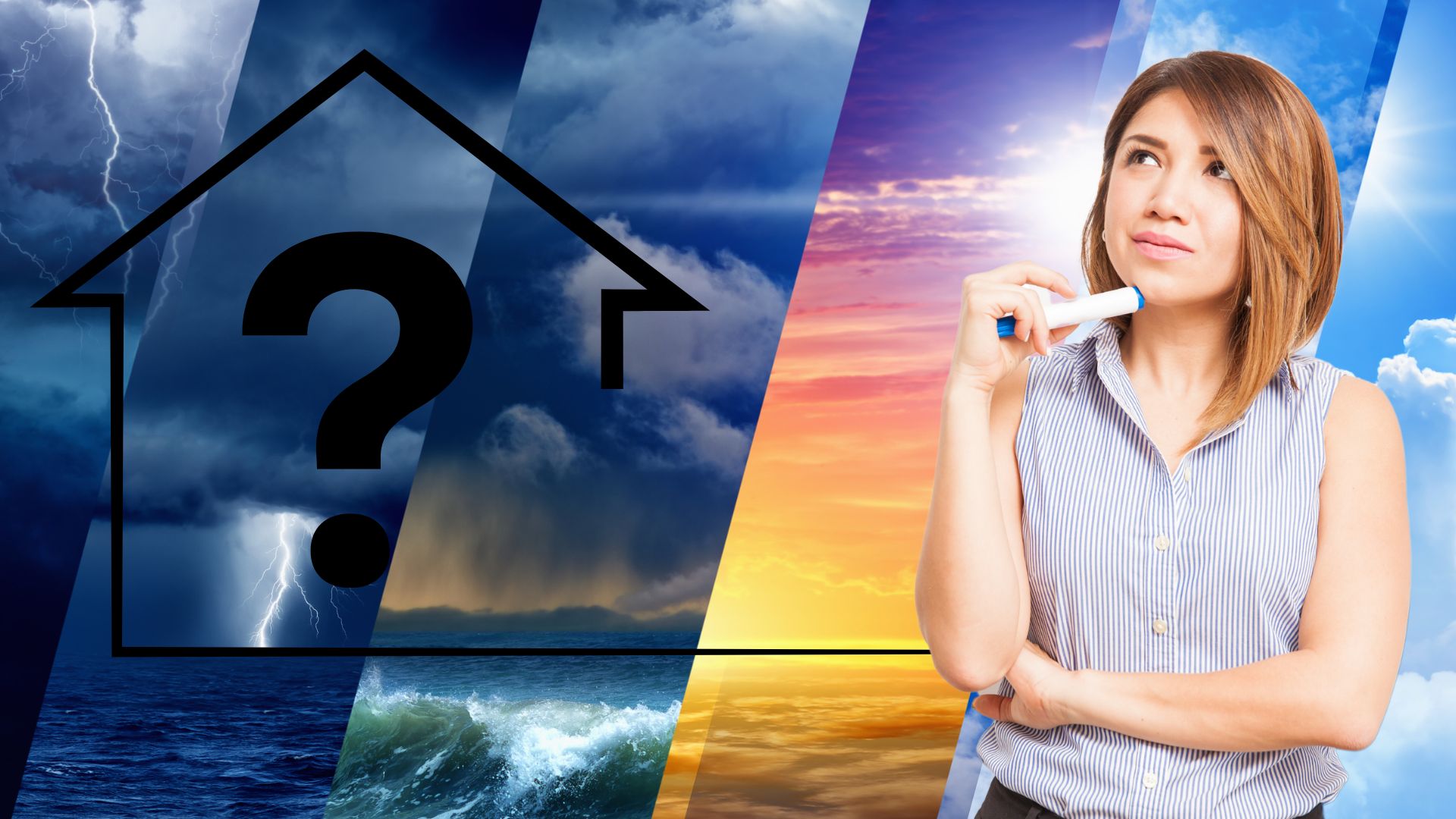The Push for Climate Insurance as Extreme Weather Events Rise
The frequency and intensity of extreme weather events are on the rise, leaving communities around the world grappling with the aftermath of hurricanes, floods, wildfires, and droughts. Scientists link these increasingly destructive events to climate change, which is reshaping the way governments, businesses, and individuals approach risk. One of the key responses to this growing challenge is the development of climate insurance. This specialized form of coverage is designed to protect individuals and businesses from the financial impact of climate-related disasters. But as the need for climate insurance surges, it is accompanied by broader effects on real estate markets, government policy, and future planning.
Government and Federal Programs – Can They Really Help?
Governments and federal agencies in many countries are developing strategies to ease the burden of climate risks. These programs aim to support both individuals and businesses in navigating the rising costs and uncertainties stemming from extreme weather. Some notable initiatives include:
- FEMA’s National Flood Insurance Program (NFIP): The NFIP provides affordable flood insurance to property owners, renters, and businesses in flood-prone areas, while also encouraging communities to adopt stronger floodplain management practices.
- Climate Risk Assessment Initiatives: Governments are incorporating climate risk assessments into urban planning and infrastructure projects. For example, the U.S. National Climate Assessment evaluates vulnerabilities to help communities prepare for future risks.
- Parametric Insurance Pilot Programs: Some governments are exploring parametric insurance models, where payouts are triggered by pre-defined weather events (e.g., wind speeds or rainfall levels) rather than requiring detailed claims processes.
- Subsidy Programs for Disaster Resilience: Federal grants and loans are being introduced to help homeowners and businesses fortify structures against extreme weather, including hurricane-proofing roofs or installing fire-resistant materials.
- State-Level Climate Action Plans: States like California and Florida have enacted measures that combine insurance reform with investments in natural disaster preparedness and resilient infrastructure.
These programs aim to reduce financial risks while fostering a culture of resilience and preparedness.
Impact on the Real Estate Market
Climate change isn’t just reshaping insurance policies—it’s heavily influencing the real estate market. Properties situated in areas at high risk for floods, wildfires, or hurricanes are becoming less desirable. This shift has significant consequences for both consumers and the real estate industry.
Declining Property Values in Risky Areas
- Coastal properties prone to flooding are losing their value, as potential buyers are deterred by the high cost of insurance or the likelihood of future damage.
- Wildfire-prone regions are experiencing similar trends. Areas previously considered desirable are now being reassessed in terms of safety and stability.

Rising Costs for Homebuyers
- Homeowners in high-risk areas often face higher insurance premiums or difficulty securing coverage altogether, making owning property in these regions more expensive.
- Lenders are also taking note. Mortgage companies are starting to factor climate risks into their lending decisions, making it harder for buyers to secure loans for vulnerable properties.
Shift in Consumer Priorities
- Buyers are increasingly prioritizing safety and sustainability. Properties equipped with eco-friendly features, like solar panels or flood-resistant designs, are gaining appeal.
- Urban areas that were once ignored are seeing revitalization as buyers flock to regions perceived as safer from climate risks.
Developer Adaptations
- Real estate developers are incorporating climate resilience into their designs—for instance, raising foundation heights in flood zones or using fire-resistant construction materials in areas prone to wildfires.
- Some larger-scale projects are exploring “climate-proof” communities, integrating green technology and resilient infrastructure from the start.
These shifts create challenges for consumers and industries alike, but they also open doors for innovation and long-term transformation.
Future Expectations
Looking ahead, climate insurance and the real estate market are likely to undergo a series of changes spurred by both policy advancements and consumer demand. Here’s what we might see in the future:
- Advanced Risk Modeling: Technology and big data are poised to improve how risks are assessed. Geospatial mapping, AI, and real-time weather data will allow for more accurate predictions of climate risks, leading to better insurance products and pricing.
- Private Sector Collaboration: Insurers and tech firms may team up to create smarter insurance solutions, offering personalized coverage based on location-specific climate risks.
- Mandatory Climate Disclosures: Governments might introduce laws requiring sellers, landlords, and developers to disclose climate-related risks associated with their properties.
- Wider Adoption of Resilient Construction Standards: Building codes will likely evolve to mandate climate-resilient practices in areas prone to natural disasters. This will add upfront costs for builders but could reduce long-term losses for property owners.
- Expanding Access to Insurance: Governments may expand public-private partnerships to make climate insurance more affordable and accessible, particularly in underserved areas.
By staying ahead of these changes, consumers, insurers, and developers can work together to reduce risks and adapt to the evolving landscape.
Conclusion
The rise of extreme weather events is forcing governments, industries, and individuals to rethink how we manage risk. From climate insurance programs to real estate market adaptations, it’s clear that proactive planning is essential. While these strategies won’t eliminate the risks posed by climate change, they can help mitigate its economic impact and protect vulnerable communities.
The good news is, many of the tools we need are already available. Homebuyers can prioritize climate-resilient properties, governments can enforce stricter building codes, and insurers can leverage technology for smarter risk assessments. By acting now, with a clear vision of the future, we can build a more resilient and sustainable system to face the growing challenges of our changing climate.


